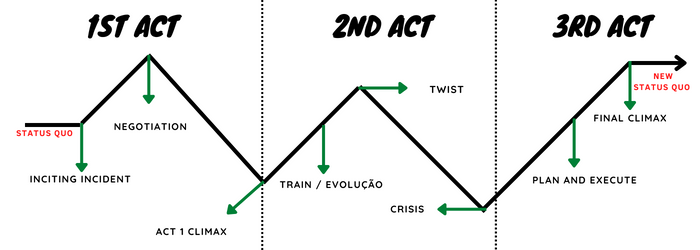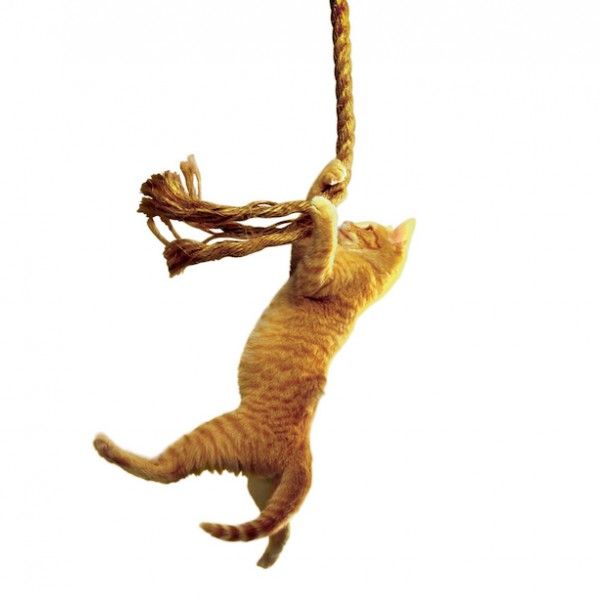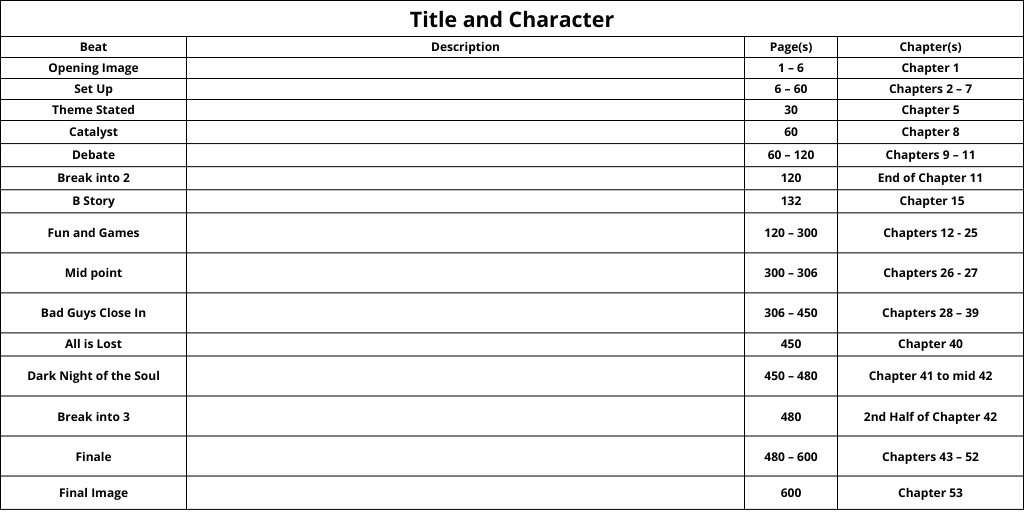How To Become a Fantasy Writer: Narrative Structures

A structure is the arrangement and organization of the different pieces of something complex. When building something that has to take into account different variants, it is normal to have a structure behind it, which supports all the weight and shows where the project is headed.
In a building, the foundation is made. In a new company, a viability project is carried out. In a sports team, you build a hard core with good players.
In writing, but especially in Fantasy, it helps (A LOT!) to have a plan for what to write and where the narrative goes.
As you will see in this article, a text in this volume needs several key points to achieve coherence and make the most of the entire plot.

Your narrative is a living being, constantly evolving and transforming, pulsing with energy. As a narrative cannot be all highs or all lows, you will find in any fiction book you read plot beats.
These plot beats are the mandatory points between which your story has to float, in order to achieve narrative fluidity. As human beings, we like our patterns and these have been proven to be effective.
Beats have names within each structure, but even if they have a different name, they generally serve a similar function.
In Fantasy writing, there are as many ways to structure your stories as there are authors. Everyone has their own way of working and adapts these planning methods to suit them. However, all are based on or variations of the following systems:
- 3 Act Structure
- Save the Cat!
- Hero's Journey
Personally, I only used the first 2 to structure the narrative that runs through my 6 planned books, so I will only talk about them. Feel free to research the Hero's Journey if you don't think the other two suit your narrative, or that you can better understand the cycle of a story through it.
3 Act Structure
Many authors base their writing solely on this framework; and for a good reason. Since the times of the Epic of Gilgamesh we have used this structure in our narratives. Even the other structures end up having their origins in this timeless structure.

Inciting Incident: Event that catapults the Main Character (MC) out of their comfort zone and into the plot, breaking the status quo.
Negotiation: Period in which the MC tries to negotiate, and even deny, the terms of the upcoming adventure, internally and externally. Good spot to introduce a Chekov Gun.
Climax 1st Act: Moment in which, by their own will or someone else's, they launch themselves into an adventure, usually with a friend and/or mentor.
Training / Evolution: Beat in which the MC trains or develops a type of power that thinks can help in the near future.
Twist: Following the previous moment, MC tries to get rid of a situation presented by the Antagonist, backfires and suffers a heavy defeat. Here, a well-written Villain usually hits the MC where no one else can.
Crisis: MC hits rock bottom, after a resounding defeat, on the previous beat. Here everything can happen, from turning to friends to becoming the new villain of the series. This is the place to debate psychological issues and show the personality of MC.
Plan and Execute: After deliberating and even fighting its Crisis, MC takes action and develops a plan to achieve its new objective.
Final Climax: Where different characters' arcs are resolved and where internal and external battles are fought and won/lost.
With the 3 Act Structure you will certainly be able to put the main tension points of your narrative to the paper / screen. In my experience, this structure should be used as a base to later develop the others, working as a solid foundation for a more diversified structure. In addition, you can use it for all other characters, such as the Antagonist or the Mentor, in order to give more depth to the arc of those characters.
Save The Cat!

This plot-planning structure was created by Blake Snyder.
Primarily, it was designed for Hollywood scripts, but later it was also adapted to Novels. Taking the same points from the 3 Act Structure, he added the original points, expanding the process.
I can't make a small diagram like in the previous Structure but I do better. I leave a screenshot of my own file (which I will leave on the Resources page for download).

Opening Image: Our narrative opens with an image that gives us our first impression of what to expect. And we all know that first impressions are important. In this image we have a small sample of the theme.
Set Up: In this beat, various aspects of the narrative are introduced, such as "Wants and Needs", the environment around our characters and the risks they face.
Theme: In the middle of the previous one, the larger topic you want to discuss, even if in the background, must be introduced. (I'll talk in more detail on the Theme in a next article)
Catalyst: Just like the Inciting Incident, this event catapults MC into the plot, breaking the status quo.
Debate: Here MC discusses with self or others about the different hypotheses in front of you. He/she (almost) always makes the decision to leave because otherwise the story would end here.
Break Into 2: This is when the debate ends and MC jumps to its challenge.
B story: The secondary narrative and where another smaller but contrasting theme will be introduced.
Fun and Games: Here anything can happen. This beat is often used to show MC's capabilities in different situations.
Midpoint: Point of No Return where a countdown falls.
Bad Guys Close In: The bad guys approach, both internally and externally. Here I advise you to make two scenes for each, interspersed. (2 Int 2 Ext)
All is Lost: When the Antagonist manages to overcome the Protagonist, leading to a crisis.
Dark Night of the Soul: Here MC hits rock bottom but turns it around, even fighting its own thoughts.
Break into 3: We move on to Act 3 and where our narrative will end.
Finale: Divides into 5 sub-topics.
- Gathering the team: Gather the team in order to execute a plan you came up with at the end of Dark Night of the Soul.
- Storming the castle: Execute the plotted plan.
- The High Tower Surprise: A twist here ends MC's original plan...
- Dig Deep Down: ... which makes he/she think fast and develop a new plan quickly.
- Execution of New Plan: New plan successfully executed.
Denouement: New status quo where...
Final Image: ... shows something in contrast to the Opening Image, showing what has changed during our narrative.
This system, if used correctly, can be a powerful tool for your stories. See this StudioBinder example on how to use this structure if you have any doubts.
I hope that you were able to understand the advantages of using both these systems, in order to plot your stories. Your narratives will become much more detailed and you will be able to use the highs and lows to your own advantage. Your readers will appreciate it.

